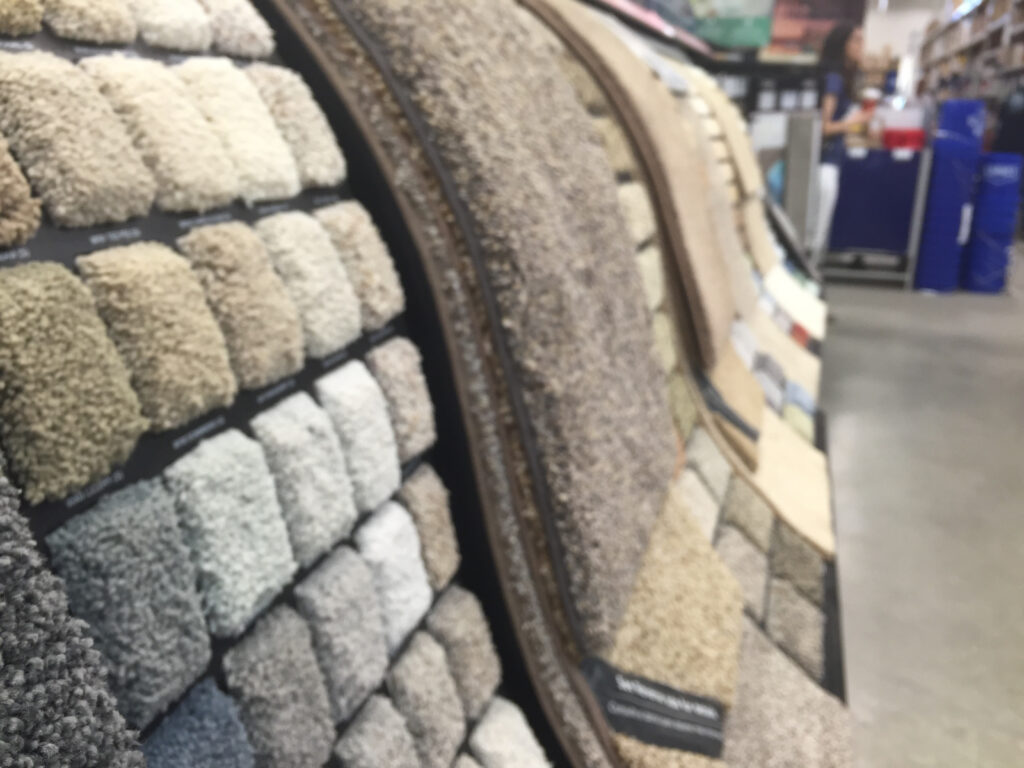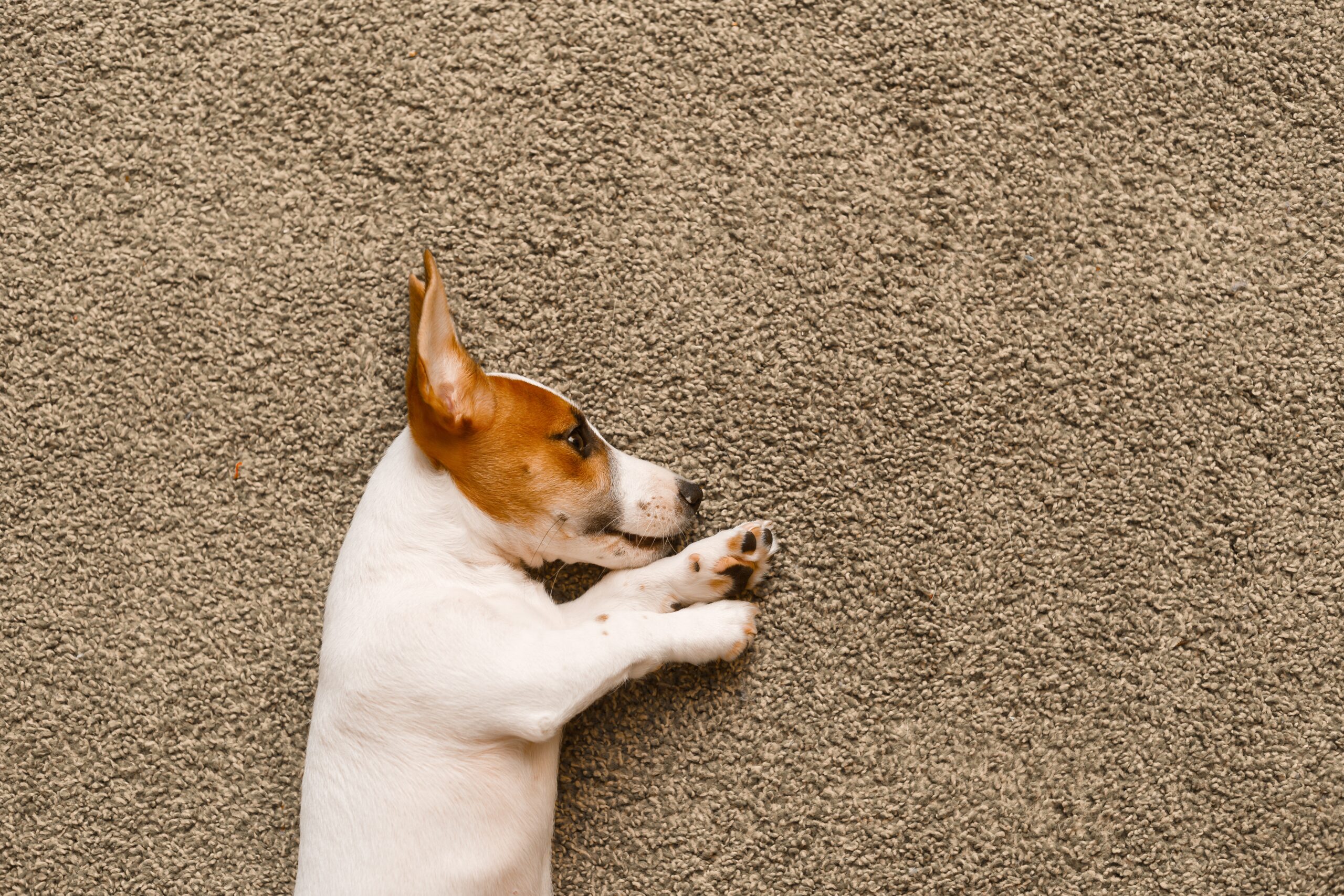Carpet flooring is a popular choice for many homeowners due to its cozy and inviting ambiance. However, the question that frequently arises is how often this type of flooring should be replaced. Unlike tile or hardwood, which can last for decades with proper care, carpet has a more limited lifespan. Determining the right time for replacement can depend on several factors, such as the quality of the carpet, its location in your home, and the amount of foot traffic it sees. In this article, we’ll explore these considerations and offer guidelines on when it might be time to replace your carpet.
Carpet Flooring in NJ | Is it Time to Replace Your Carpet?
Quality and Type of Carpet:
The longevity of a carpet is significantly influenced by its quality and type. Inexpensive and low-quality carpets may need replacement within 5 years, especially in high-traffic areas. Medium-grade carpets can last around 7 to 10 years, while high-quality carpets can exceed 10 to 15 years with appropriate care.
Signs of Wear and Tear:
Visual cues can provide you with a reasonable estimate of when it’s time to replace your carpet. Obvious signs such as fraying, matting, and fading color are clear indicators that your carpet may be past its prime. Stains that don’t come out even after professional cleaning are another clue. High-traffic areas like hallways and living rooms will typically show wear sooner than bedrooms or formal dining areas.
 Location in the Home:
Location in the Home:
Carpets in high-traffic areas like hallways, living rooms, and children’s bedrooms will need replacement sooner compared to those in less-frequented locations like guest rooms. Carpets in basements or areas prone to dampness may develop mold and mildew, necessitating earlier replacement for health reasons.
Foot Traffic and Lifestyle:
Households with children, pets, or smokers may find that their carpets wear out more quickly. Spills, pet accidents, and exposure to outdoor elements can take a toll, causing you to replace the flooring every 5 to 7 years. On the other hand, a single adult or a couple without pets may find that their carpets last much longer.
Aesthetic Considerations:
Sometimes the need to replace carpeting isn’t just about wear and tear but also about aesthetic preferences. Home renovation or a change in décor might prompt you to update your carpets to match the new look. While not strictly a matter of necessity, the desire for a fresh, updated style can be just as compelling a reason to replace your carpet.
Environmental Factors:
Today, many people consider environmental sustainability when making decisions about home improvement. Older carpets might not meet current eco-friendly standards. Newer carpets often come with the added benefits of being more stain-resistant and possibly even contributing to better indoor air quality, thanks to innovations in manufacturing.
Budget Considerations:
Replacing a carpet is an investment. Sometimes, it may be more cost-effective to replace sections of the carpet that show signs of extreme wear, rather than replacing the entire carpet. This approach works best if you can find a matching replacement. However, patching is generally a temporary solution and might not look seamless.
While there’s no one-size-fits-all answer to how often you should replace your carpet, these guidelines can give you a good starting point. Evaluate the quality, appearance, and function of your existing carpet to make an informed decision. With thoughtful consideration of these factors, you can keep your home looking its best while ensuring a comfortable and healthy living environment.

